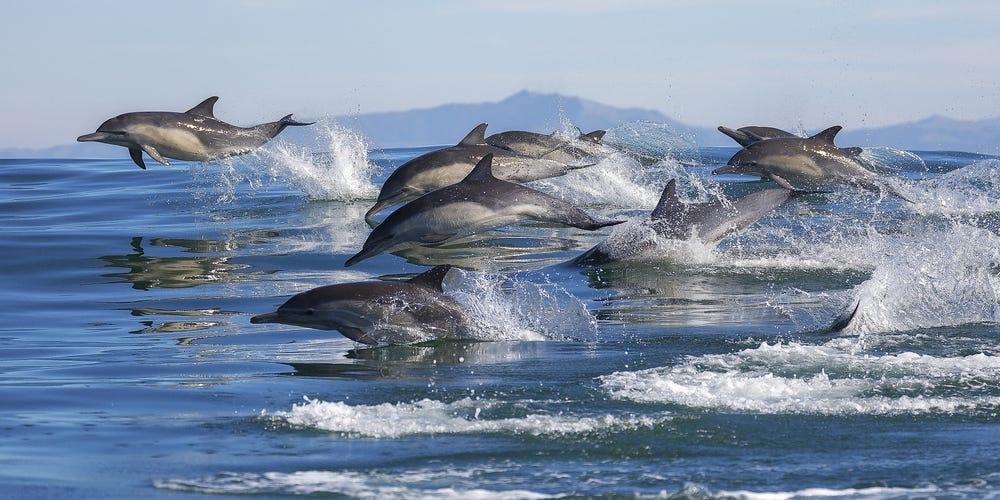

Vanessa Lee
Class of 2025San Ramon, California
About
Hello! My name is Vanessa, and my project is about the effects of anthropogenic noise on bottlenose dolphin communication in hunting and foraging. I have loved dolphins ever since I was little, and I’m so happy to have been able to spread awareness about prominent environmental issues through my project.Projects
- Anthropogenic Noise and its Impacts on Dolphin Communication with mentor Laura (Nov. 22, 2023)
Vanessa's Symposium Presentation
Project Portfolio
Anthropogenic Noise and its Impacts on Dolphin Communication
Started June 30, 2023

Abstract or project description
As humans have been continuously industrializing the Earth, the impacts on animals and wildlife have become more severe. Although ocean noise can come from natural processes, increased ambient noise as a result of human activity has also been observed in recent years, with commercial shipping, marine exploration, and tour boats all being primary contributors. This human-induced noise pollution is called anthropogenic noise, and is proven to be disruptive to animal species that use acoustic signals in order to communicate, including dolphins. Bottlenose dolphins (Tursiops truncatus) in particular are known to use various whistles and clicks to convey information about identity, location, and food sources. They especially rely on vocal frequencies in their cooperative hunting techniques– these being drive and barrier hunts, sponge-carrying strategies, and strand feedings. Research has shown that anthropogenic noise in bottlenose dolphins’ habitats significantly alters their verbal behavior by masking signals (i.e. anthropogenic noise has overlapping frequency with signals). As such, increased boat traffic in dolphin habitats can hinder dolphin whistle recognition by conspecifics, as well as hunting activities in which whistle emission is crucial. However more recent studies have indicated that the dolphins may alter the frequency and complexity of their whistles in response to heightened noise pollution, modulations which are typically associated with emotional stress or alertness. The consequences of boat activity could result in the bottlenose dolphins’ decreased emotional welfare and communication efficiency in addition to increased vocal effort or strain. In order to better understand dolphin behavior and the repercussions of human marine activity, this paper reviews how bottlenose dolphins communicate during hunts, how human impacts may impede on this communication, and how the dolphins adapt to such impacts. Through this, I hope to gain insight on how dolphins may be harmed in their attempts to adjust to anthropogenic noise, and how humans can reduce or mitigate noise pollution to help.